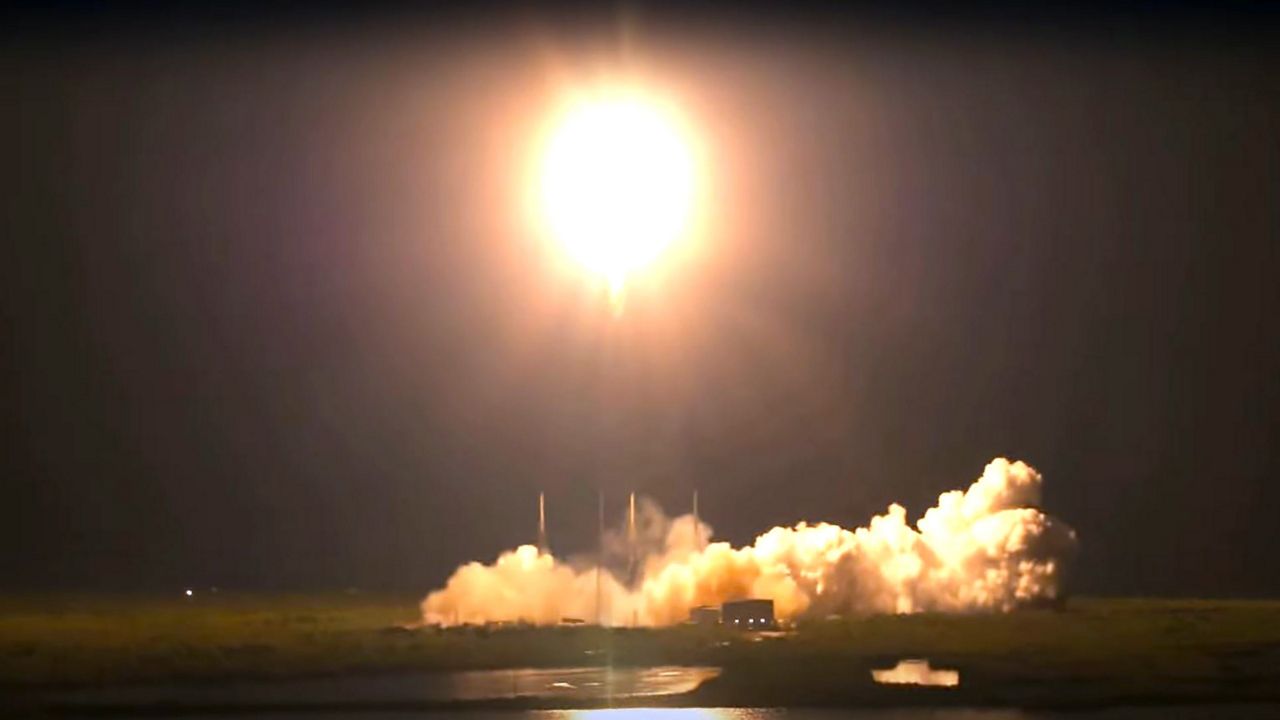CAPE CANAVERAL SPACE FORCE STATION — SpaceX launched more than 50 Starlink satellites during the early morning hours on Thursday.
What You Need To Know
- 56 Starlink satellites were sent up
- First-stage booster landed on the droneship Just Read the Instructions
- 🔻Scroll down to watch the launch🔻
Liftoff! pic.twitter.com/nLJdSIiPZZ
— SpaceX (@SpaceX) January 26, 2023
The company’s Falcon 9 rocket went into the great beyond from Space Launch Complex 40 at Cape Canaveral Space Force Station at 4:32 a.m. EST to send 56 satellites into low-Earth orbit, confirmed SpaceX.
The launch window was originally set to open at 4:22 a.m. EST, but SpaceX tweeted it would be open a little later. No reason was given.
New T-0 of 4:32 a.m. ET for this morning’s Falcon 9 launch of Starlink; weather is 70% favorable for liftoff
— SpaceX (@SpaceX) January 26, 2023
On Wednesday, SpaceX stated that if the launch were to be pushed back, the next chance will be at 6:03 a.m. EST on the same Thursday and the next backup chance would have been at 3:57 a.m. EST (and again if need be at 5:38 a.m. EST), on Friday, Jan. 27.
The 45th Weather Squadron gave a 70% chance of good launch weather for the Starlink 5-2 mission.
“The launch weather concerns Thursday are the Cumulus Cloud Rule, the Surface Electric Field Rule, and the Thick Cloud Layers Rule all associated with (a cold) front,” the 45th Weather Squadron stated.
The rocket’s first-stage booster, called B1067, has an impressive resume that includes two crew missions:
- Crew-3
- Crew-4
- Dragon CRS-22
- Dragon CRS-25
- Türksat 5B
- Hotbird 13G
- O3b mPOWER 1 & 2
- Starlink
The first-stage booster landed on the droneship Just Read the Instructions while out in the Atlantic Ocean.
Falcon 9’s first stage has landed on the Just Read the Instructions droneship pic.twitter.com/Es18PGOMsm
— SpaceX (@SpaceX) January 26, 2023
About the mission
The Starlink satellites will distribute internet access to most parts of the Earth, stated the company that is operated by SpaceX.
Before Thursday’s launch, Harvard-Smithsonian Center for Astrophysics’ astronomer Jonathan McDowell recorded the following information on the current Starlink satellites: 3,425 are in orbit, with 3,389 working and 3,123 operational.



